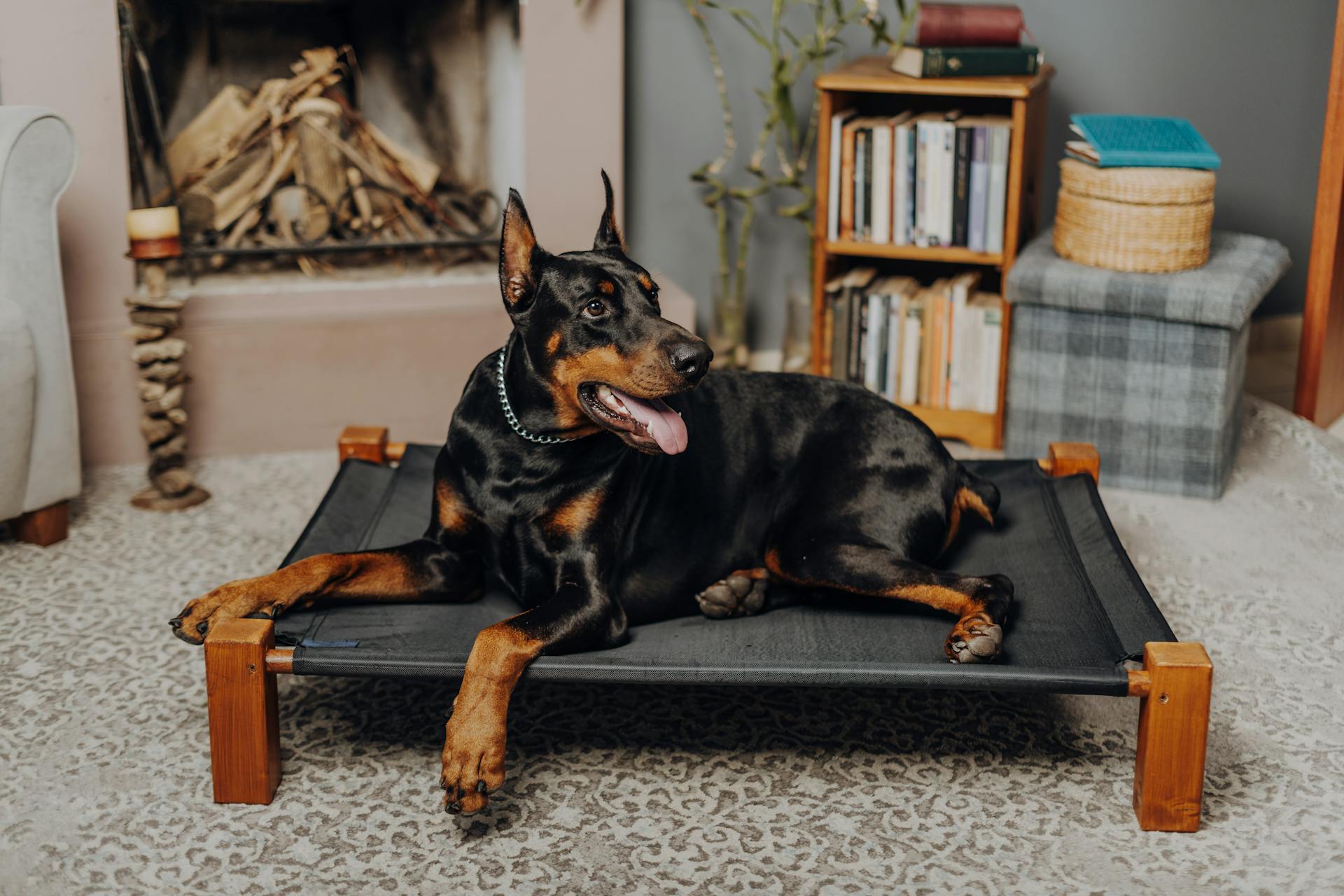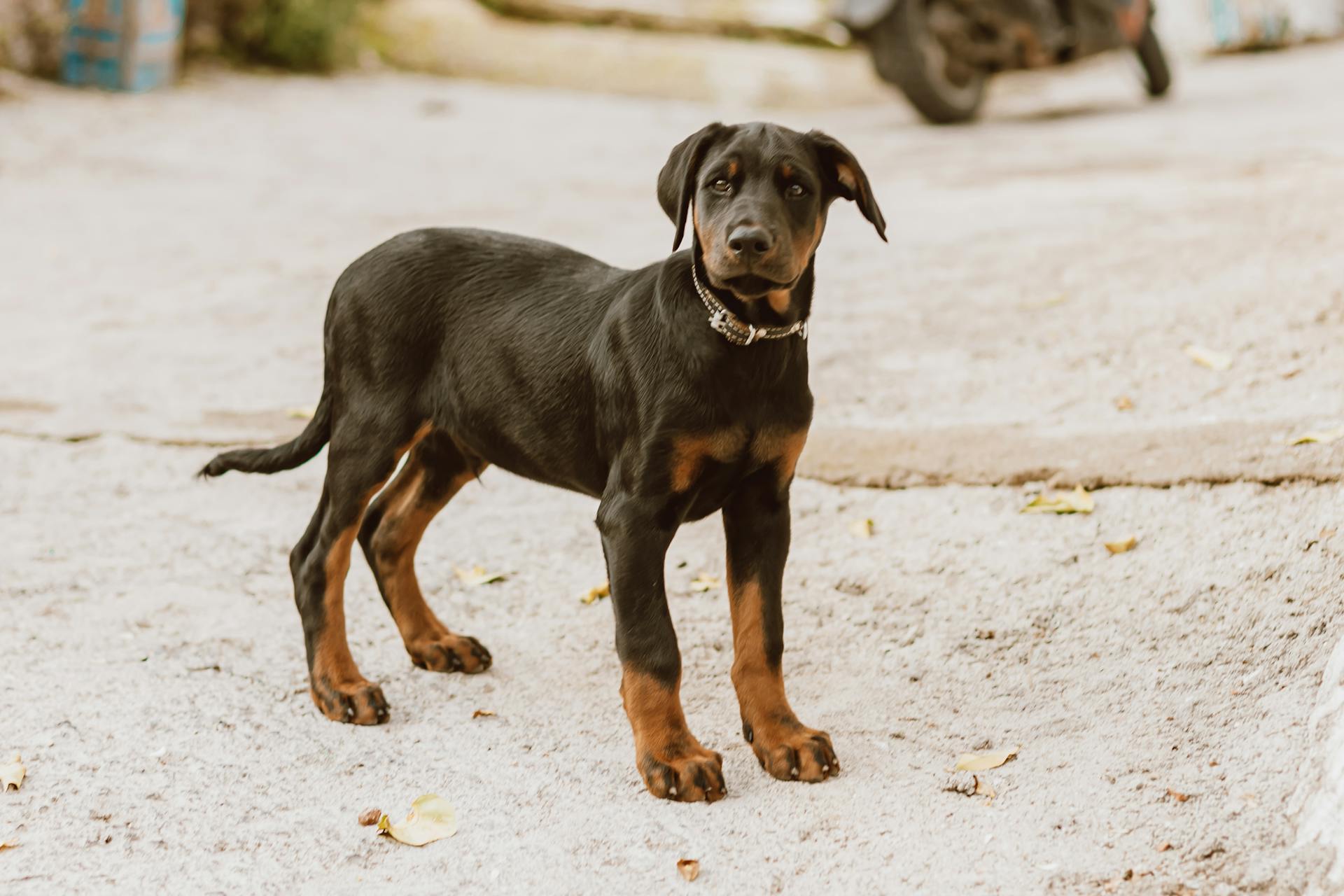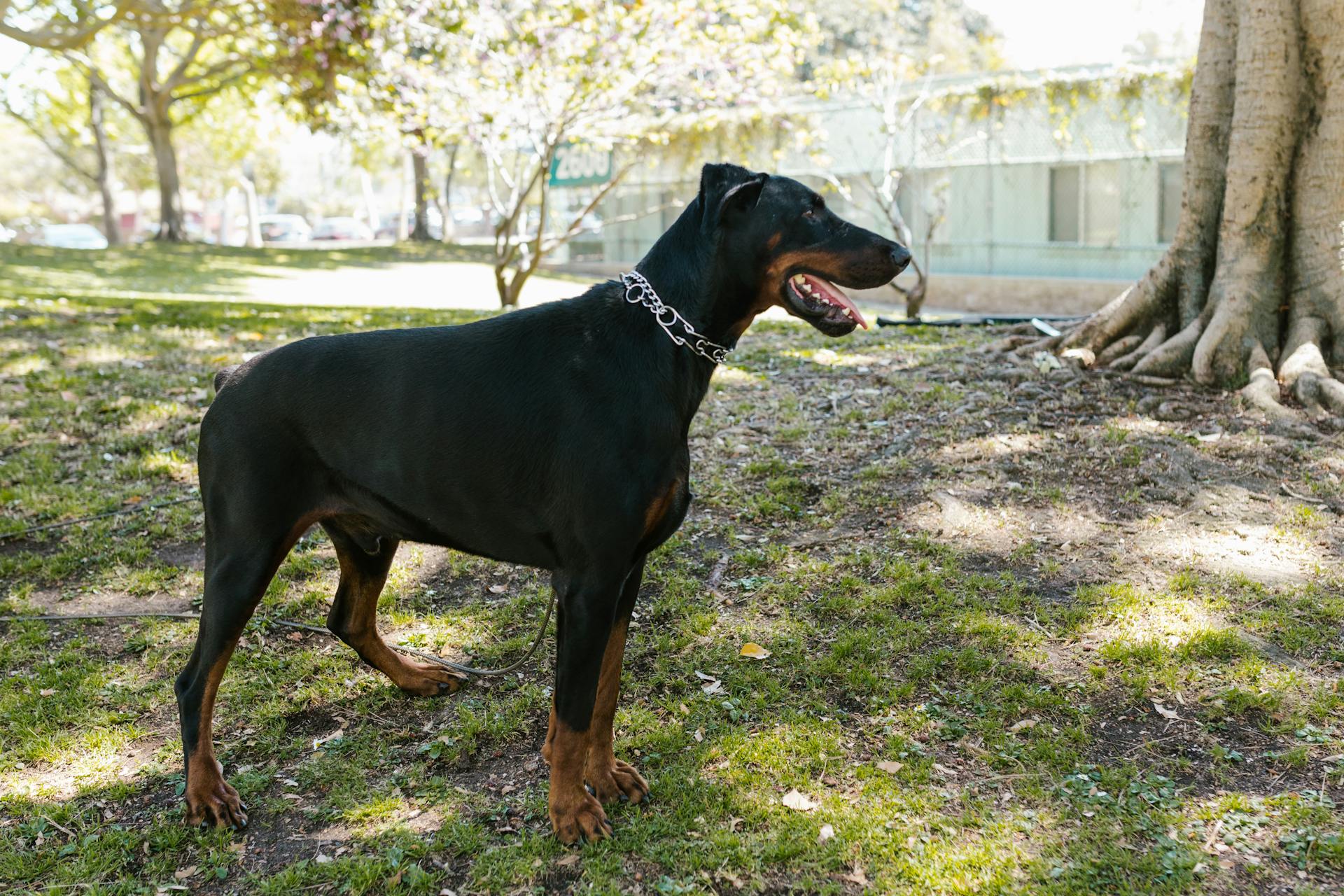
Old Doberman Pinschers are a unique breed that requires special care and attention.
As they age, their energy levels decrease, and they need more frequent, shorter walks to prevent joint strain.
Old Doberman Pinschers can become more protective of their family and territory, but this can also be a sign of anxiety and stress.
With proper training and socialization, an old Doberman Pinscher can remain a loyal and loving companion.
Their short coats require minimal grooming, but regular nail trimming and ear cleaning are essential to prevent health issues.
Health and Wellness
As your dog ages, it's essential to be aware of potential health issues that can arise. Dobermans typically live between 10-12 years, but their lifespan can be affected by certain factors.
Large dogs with deep chests, like Dobermans, are more prone to health issues.
Regular check-ups with your veterinarian can help identify any potential problems early on. Hip dysplasia is a common issue in Dobermans, so it's crucial to have their joints checked regularly.
Readers also liked: Doberman Pinscher Problems
Bloat is another serious concern for Doberman owners, with a 50% mortality rate if left untreated. Knowing the symptoms and taking preventative measures can help save your dog's life.
If you're adopting an older Doberman, make sure to request all available health information from the breeder. This can include test results and medical history.
Here are some common health issues to watch out for in older Dobermans:
- Hip dysplasia
- Bloat
- Von Willebrand's disease (a blood clotting disorder)
Nutrition and Diet
As Dobermans age, their nutritional needs change, and it's essential to ensure they're getting the right balance of nutrients.
Old Dobermans can benefit from joint supplements, especially those with hip dysplasia, as omega-3 fatty acids (DHA/EPA) support joint health.
A pre-portioned meal plan can supply a boost to an old Doberman's diet, helping maintain a healthy weight and ward off joint issues.
Old Dobermans need easily digestible protein for healthy muscles, including the heart, which can be achieved through commercial kibble or wet food approved by the AAFCO.
A fresh diet that provides balanced Omega-3 fatty acids can be an asset in warding off joint issues common in large breeds.
Old Dobermans may require less food as they age, so it's crucial to adjust their meal size and time to avoid overfeeding and maintain a healthy weight.
A diet of fresh, lightly cooked food has been shown to be more digestible than processed kibble, promoting a healthy gut and good digestion in old Dobermans.
Check this out: What to Feed a Doberman Pinscher
Grooming and Care
As an old Doberman Pinscher owner, I can attest that regular grooming is crucial for their overall health and happiness. Dobermans have a short, smooth coat that sheds moderately to heavily.
Their short coat means they don't require frequent bathing, but when they do get dirty, it's essential to bathe them as soon as possible. You can go six to eight weeks between baths, but this may vary depending on their outdoor activities.
For more insights, see: Doberman Pinscher Coat Colors
Regular ear cleanings are also vital, especially for uncropped Doberman ears, which can be prone to debris and redness. Use a veterinarian-recommended cleanser and consult your vet if you notice any signs of an ear infection.
Their nails also need regular trimming, but be careful not to cut the quick, which can be difficult to see due to their dark-colored nails.
Readers also liked: Doberman Pinscher Taped Ears
Grooming and Bathing
Dobermans have smooth, short coats that are relatively low maintenance, and you may be able to go six to eight weeks between baths.
Their coats are known to be moderate to heavy shedders, so consistent brushing is a good idea to help manage shedding. This should be done daily or a couple of times a week.
You'll also want to keep your Doberman's nails trimmed, but be careful not to cut the quick - it's tough to see with their nails' dark color.
Ear Care
Ear Care is an essential part of your Doberman's overall health and well-being.
It's common for Doberman Pinschers to have their ears cropped, but this practice is controversial and not recommended by the American Veterinary Medical Association.
Regular ear cleanings are a must to keep your Doberman's ears healthy.
Use a veterinarian-recommended cleanser to clean your Doberman's ears.
Uncropped Doberman ears will be folded-over and floppy.
If you notice a lot of debris or redness in your Doberman's ears, notify your vet.
A unique perspective: Doberman Pinscher Ears
Training
Old Doberman Pinschers are smart and trainable, and they thrive on mental and physical stimulation. They need a job to do and problems to solve.
Exercise is essential for their happiness, and they should run around for at least an hour or two per day. This not only exhausts them physically but also gives their training time to sink in.
Doberman Pinschers are sensitive dogs, so training should be consistent and fair. This consistency should extend to all family members, so everyone treats the dog the same way.
Intriguing read: Doberman Pinscher Guard Dog Training
Unwanted barking, such as at squirrels, is common due to their high prey drive and vocal tendencies. Instead of freaking out, redirect their attention to something else and reward that behavior.
A training regimen can help harness their energy and abilities, and strengthen the bond between you and your dog. It's also crucial to ward off separation anxiety, even when you're at home, by letting them spend some time doing their own thing.
History and Fun Facts
The Doberman Pinscher has a rich history that's as fascinating as it is impressive. The United States Marine Corps adopted the breed as their official war dog in World War II, and they served extensively in both the European and Pacific theaters of operation.
One remarkable example of a Doberman's bravery is Cappie, who saved the lives of 250 marines by alerting them to the presence of Japanese troops on the island of Guam. Another war dog, Kurt, became the first of 25 K-9 casualties on Guam in July 1944.
Dobermans have also made their mark in the world of show dogs, winning best in show at the Westminster Dog Show four times since their recognition by the AKC in 1908.
History 1897-2005
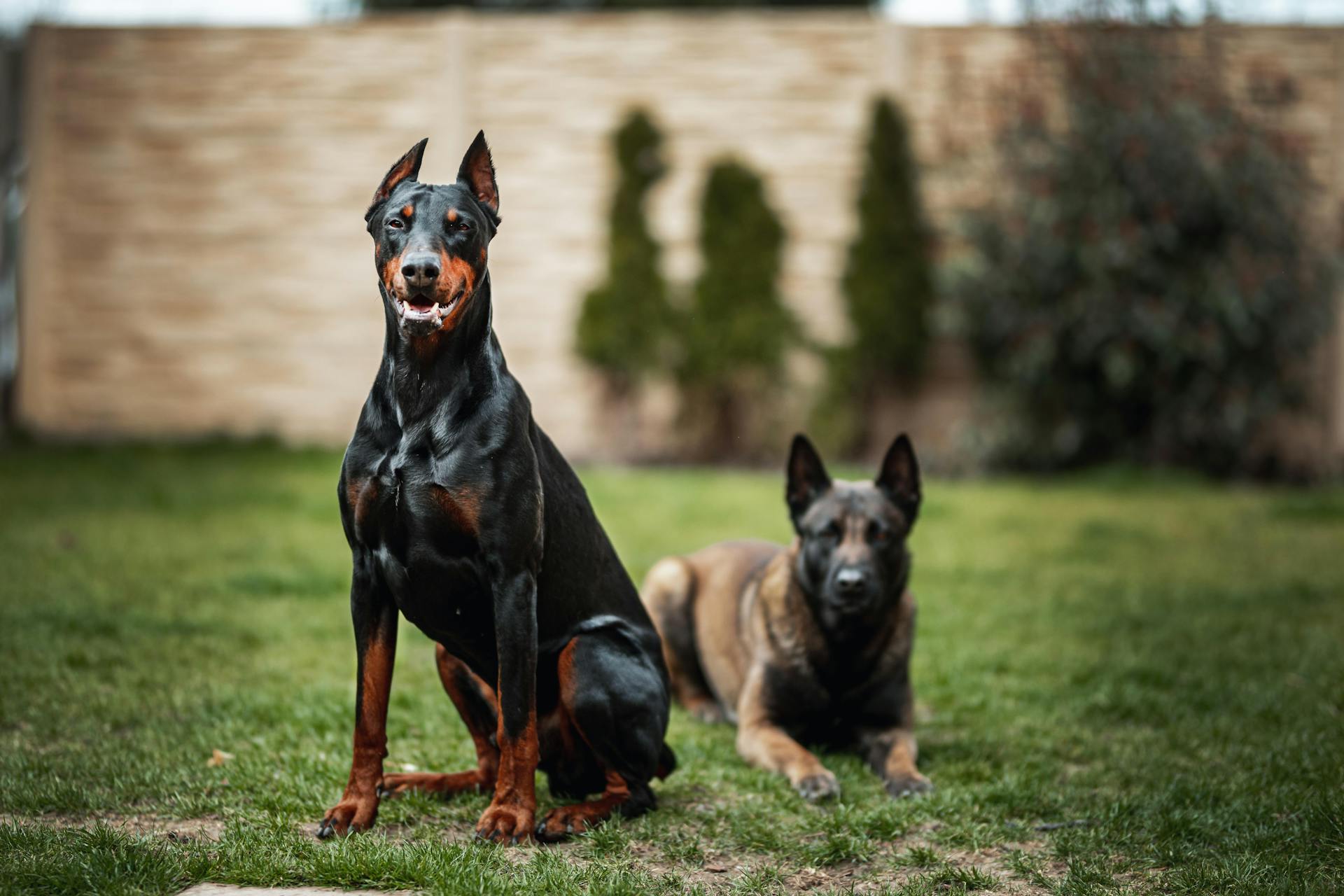
The Doberman pinscher breed has an intriguing history. Mr. Dobermann, the breed's founder, wanted a protector for his rounds, which explains the Doberman's intimidating reputation.
In the late 19th century, the Doberman pinscher was developed from the German pinscher and the old German shepherd. The breed's early breeders aimed to create a strong and intelligent dog.
Dobermans were first bred in Germany in 1897. They were originally intended as guard dogs and companions for their owners.
The Doberman pinscher's trainability and strength made them excel as working dogs. During World War II, many Dobermans served as messengers and scouts for the US Marines in the Pacific.
Dobermans have continued to work in various roles, including law enforcement and as service and therapy dogs.
See what others are reading: German Pinscher vs Doberman
Fun Facts
Dobermans have a rich history of serving in the military, and one such example is Cappie, a Doberman who saved the lives of 250 marines by alerting them to the presence of Japanese troops on the island of Guam.
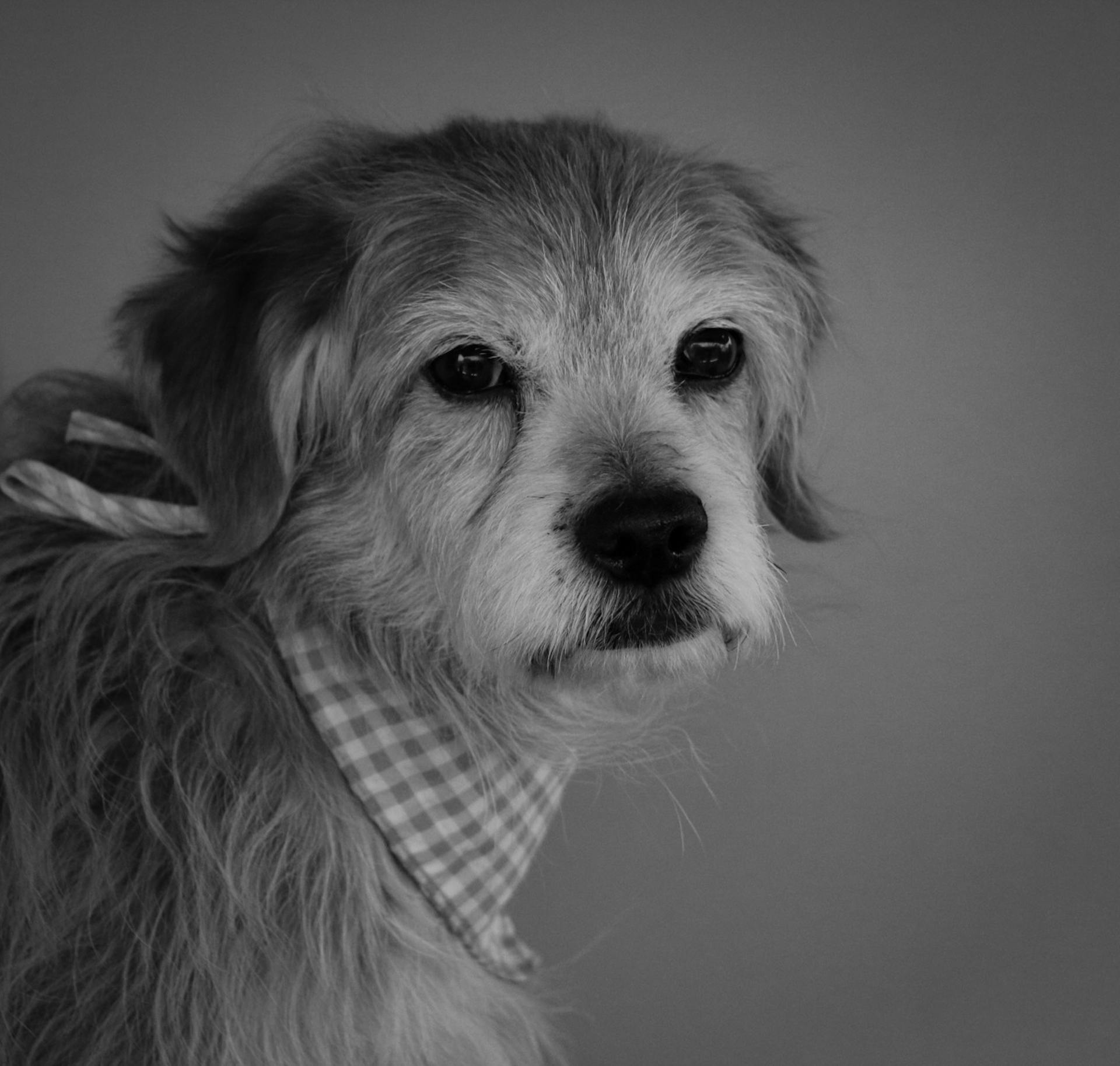
The Doberman Pinscher Club of America notes that Dobermans have a strong work ethic, which made them well-suited for war work.
In fact, Dobermans have won best in show at the Westminster Dog Show four times since their recognition by the AKC in 1908, including back-to-back wins by Ch. Rancho Dobe's Storm in 1952 and 1953.
Dobermans have also made several notable appearances in film and TV, including Zeus and Apollo, the pair of Dobies owned by the titular "Magnum P.I.", as well as Alpha in the Pixar film "Up", and Diablo (voiced by Edward James Olmos) in "Beverly Hills Chihuahua."
Here are some notable Doberman wins at the Westminster Dog Show:
- Ch. Rancho Dobe's Storm (1952)
- Ch. Rancho Dobe's Storm (1953)
- Other notable wins (no specific years mentioned)
Healthy Lifestyle
Maintaining a healthy lifestyle for your old Doberman Pinscher is crucial as they age. Dobermans need a lot of physical and mental exercise to be content.
Regular walks and playtime in the yard are a must, but you should also consider organized activities like agility and flyball. On rainy days, hide-and-seek or food puzzles can be great alternatives.
It's essential to consult with your vet to confirm that any exercise program or activity is suitable for your individual Doberman, especially if they have heart or joint issues.
Insurance and Planning
As an old Doberman Pinscher owner, you know how important it is to plan for your pet's future. CarePlus insurance plans can help match your pet's needs, offering exclusive benefits through Chewy.
You can get insurance that covers Rx costs, giving you peace of mind for your pet's health. This means you can focus on giving your pet the best life possible, not worrying about expensive vet bills.
To find the right plan, learn about CarePlus and its insurance options. This will help you make an informed decision for your furry friend.
For another approach, see: Pet Sit
Overview and Temperament
The Doberman Pinscher is a breed that's steeped in history and loyalty. With a lifespan of 10 to 12 years, they make wonderful companions for active families.
Their intelligence and high energy level make them a great fit for families who enjoy outdoor activities. In fact, they require regular exercise to stay happy and healthy.
Doberman Pinschers are known for their short coats, which are easy to groom and require occasional shedding. Their colors range from black to red, and they often have a bicolor pattern.
Here's a quick rundown of their temperament:
Overall, the Doberman Pinscher is a loving and loyal breed that thrives on attention and exercise.
Temperament
Dobermans are highly intelligent, deeply loyal, and courageous canines. They require a patient owner who will dedicate themselves to their learning.
Basic obedience training is essential, especially for Dobies who are more likely to be protective. Socializing them to other dogs and people is also crucial.
Dobermans are often referred to as "Velcro dogs" because they love to be close to their owners. They'll follow you from room to room, including the bathroom.
To prevent separation anxiety, it's essential to spend ample time helping your Dobie be comfortable while alone at home. Creating safe spaces in your house where your dog can rest and relax when you leave for the day is also important.
Kennel training is vital, especially with puppies. The kennel should be a safe spot, not a place for punishment.
Intriguing read: Doberman Dog Training
Overview
The Doberman Pinscher is a large breed, weighing between 60 to 100 pounds. They stand between 24 to 28 inches tall.
Their lifespan is relatively short, ranging from 10 to 12 years. This means they're a long-term commitment, but a loving one.
Doberman Pinschers are highly intelligent, which makes them easy to train. Their high energy level requires regular exercise to keep them happy and healthy.
They're naturally territorial, but with strong loyalty tendencies, they make great family pets. With occasional shedding, they're a relatively low-maintenance breed when it comes to grooming.
Here are some key stats to keep in mind:
Their playful nature and active energy level make them a joy to be around. However, they're not excessive barkers, only vocalizing when necessary.
Frequently Asked Questions
What happens to Dobermans when they get old?
As Dobermans age, they may experience physical decline, including arthritis and muscle aches, requiring dietary changes and medical adjustments. This natural aging process can impact their energy and mobility, but with proper care, they can still thrive in their golden years.
How old is the oldest Doberman Pinscher?
The oldest recorded Doberman Pinscher lived for 16.5 years, a remarkable age for this breed.
Sources
- https://www.petmd.com/dog/breeds/doberman-pinscher
- https://www.dailypaws.com/dogs-puppies/dog-breeds/doberman-pinscher
- https://dpca.org/breeded/history-of-the-doberman-1897-2005/
- https://www.thefarmersdog.com/digest/doberman-pinscher-care-guide-personality-history-food/
- https://vault.si.com/vault/1958/05/12/the-doberman-pinscher-darlingor-devil
Featured Images: pexels.com
